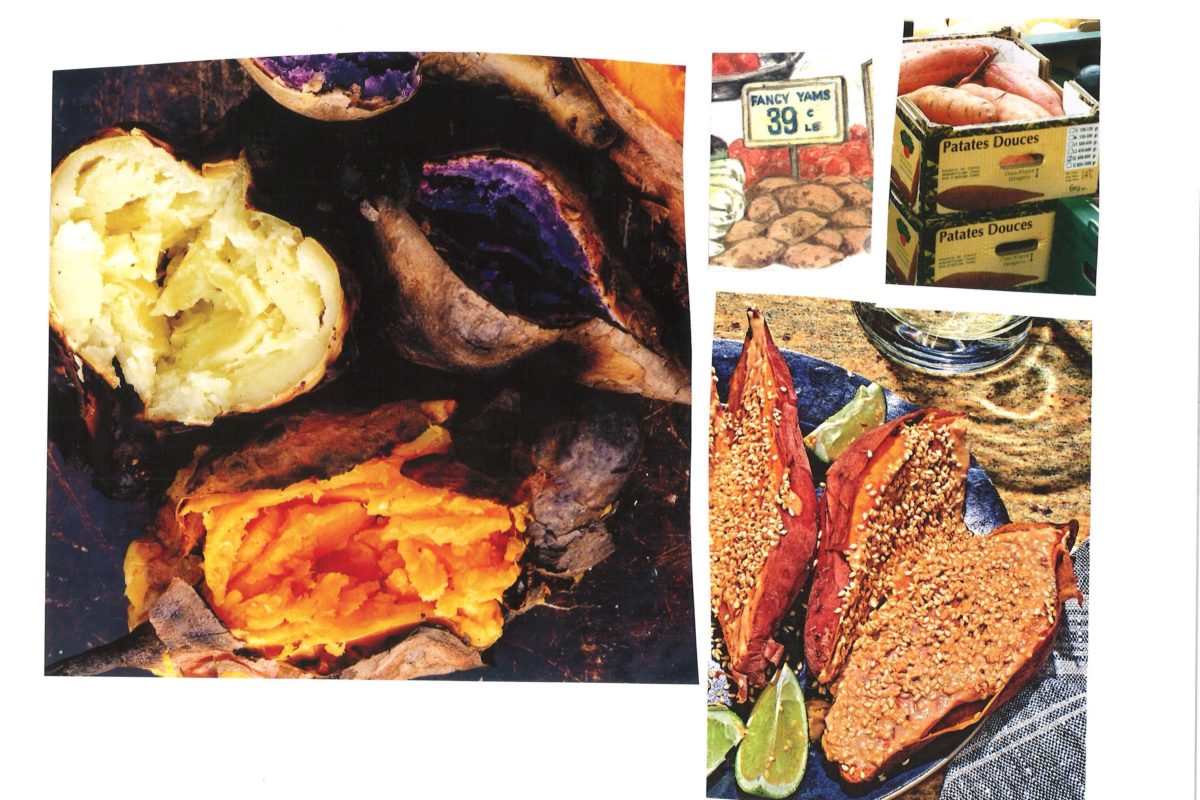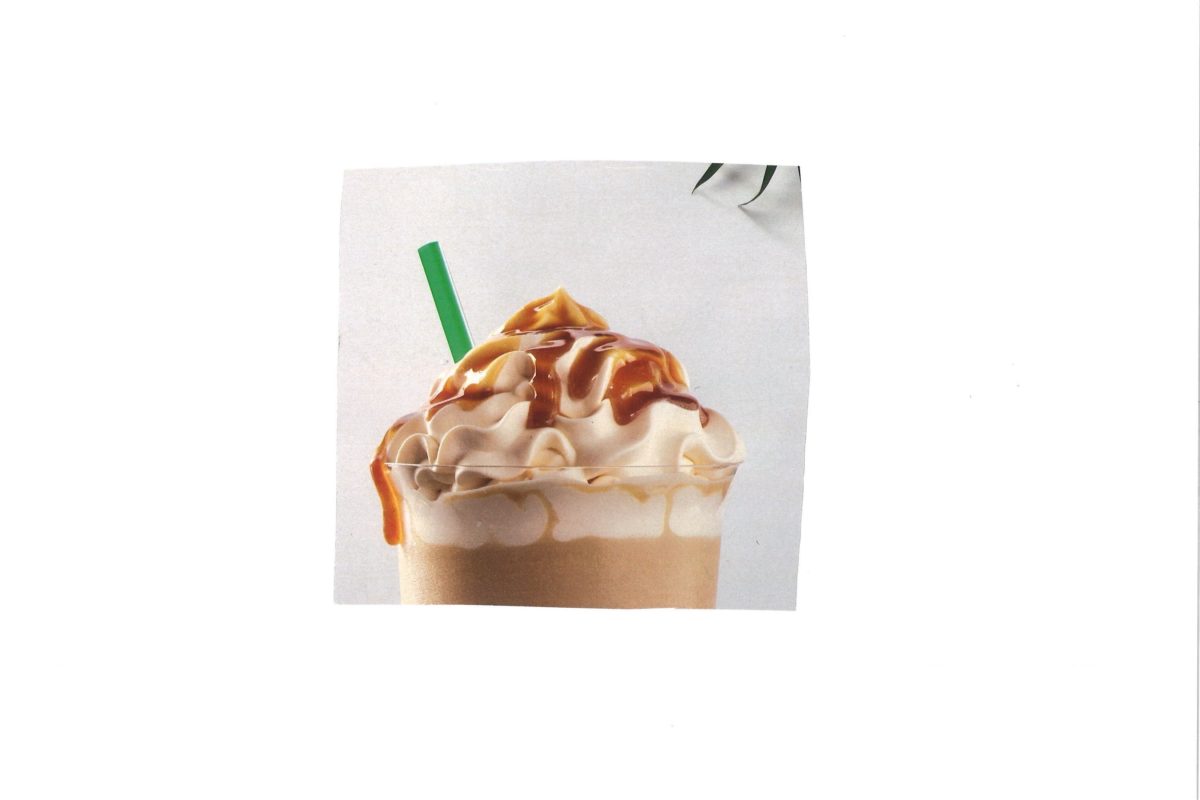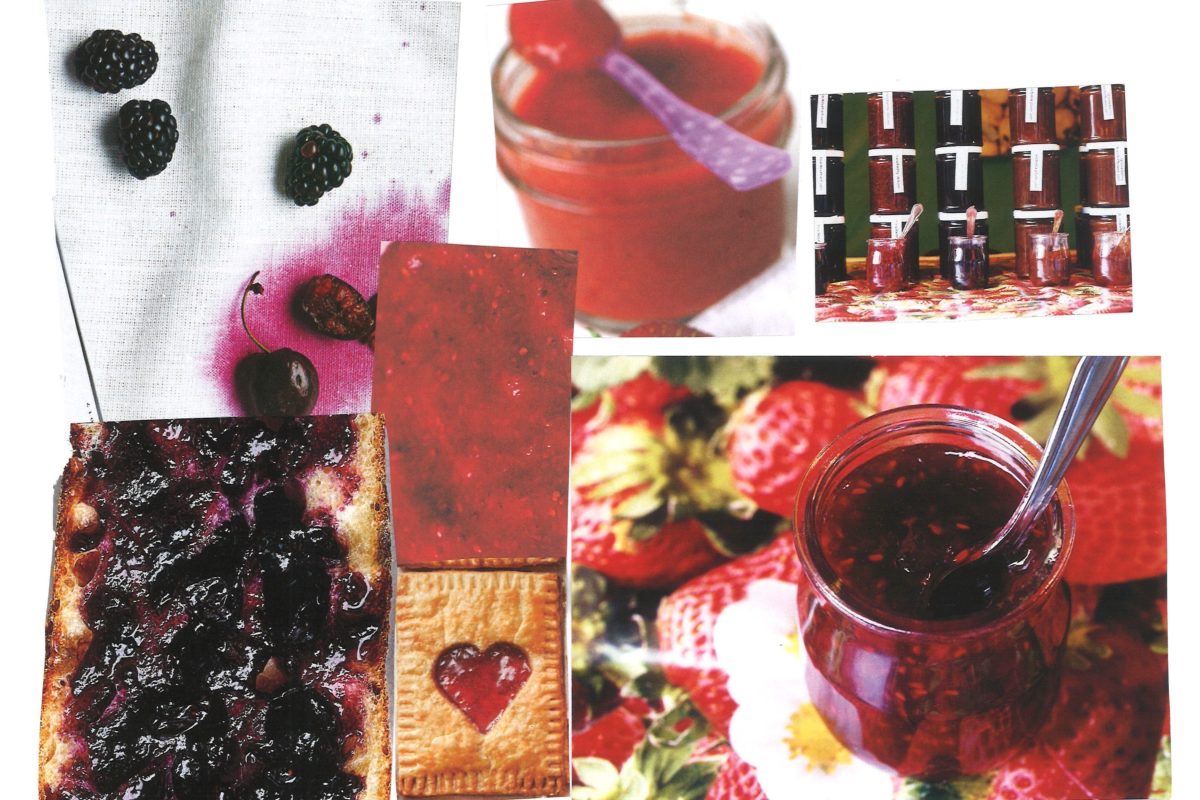What’s the Difference Between Sour Cream and Crème Fraîche?
Happy Hanukkah! We may have been taught that this holiday was about celebrating resistance, courage, victory over oppression, the miracle of the Maccabees’ everlasting oil… but who are we kidding? Hanukkah is about eating fried food and sour cream. Here’s the difference between our favorite cultured dairy products, to add some context to your celebration.
Sour cream, which has a fat content of around 20%, is made by mixing cream with a lactic acid culture; the bacteria thickens and sours it. It may also contain stabilizers, like gelatin or rennin, which aid in the thickening. Sour cream is less expensive than crème fraîche, and since it contains less fat and more protein, it will curdle if you simmer or boil it—so it’s best to use cold or room temperature, or to stir into a hot dish once it’s off the heat.
Crème fraîche—clocking in at 30% fat—is traditionally made with just unpasteurized cream, which naturally contains the bacteria needed to thicken it. However, in the United States, our cream must be pasteurized—so crème fraîche is made by mixing cream with fermenting agents that contain the necessary bacteria. You can actually make your own crème fraîche at home: mix together heavy cream and buttermilk, and let it hang out at room temperature until it reaches its desired thickness (around 8–24 hours). As it sits, the bacteria in the milk converts the sugars (lactose) into lactic acid, which lowers the pH of the mixture and prevents the formation of any unwelcome microbes.
Crème fraîche is thicker, richer (see: fat content), and less tangy than sour cream, and since it won’t curdle if you boil it, it’s great to use in soups and sauces. Or just spoon it into your mouth, unadorned. It’s the holidays, after all.
If you liked this, subscribe to the What’s the Difference newsletter here!






